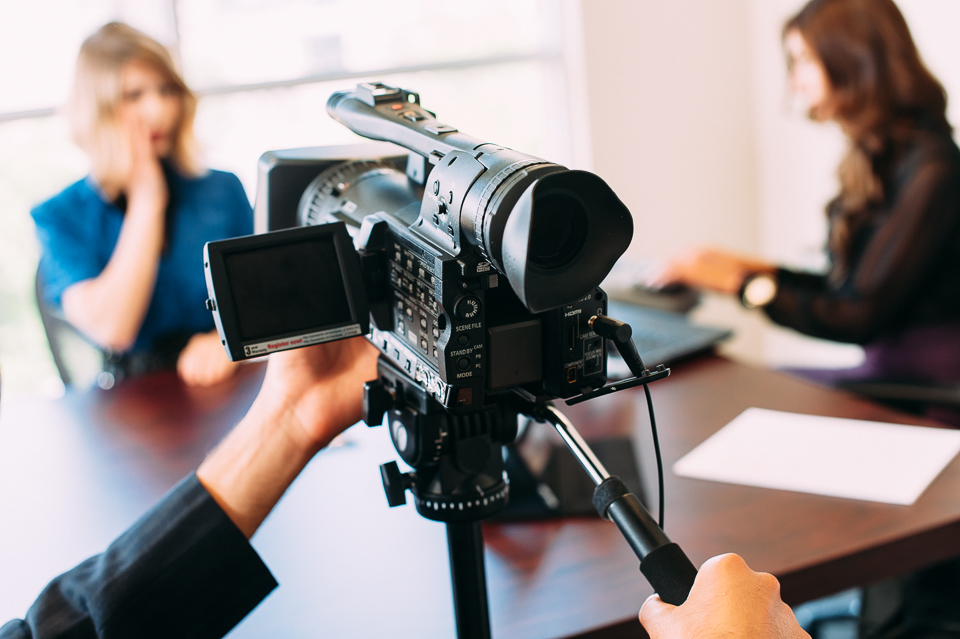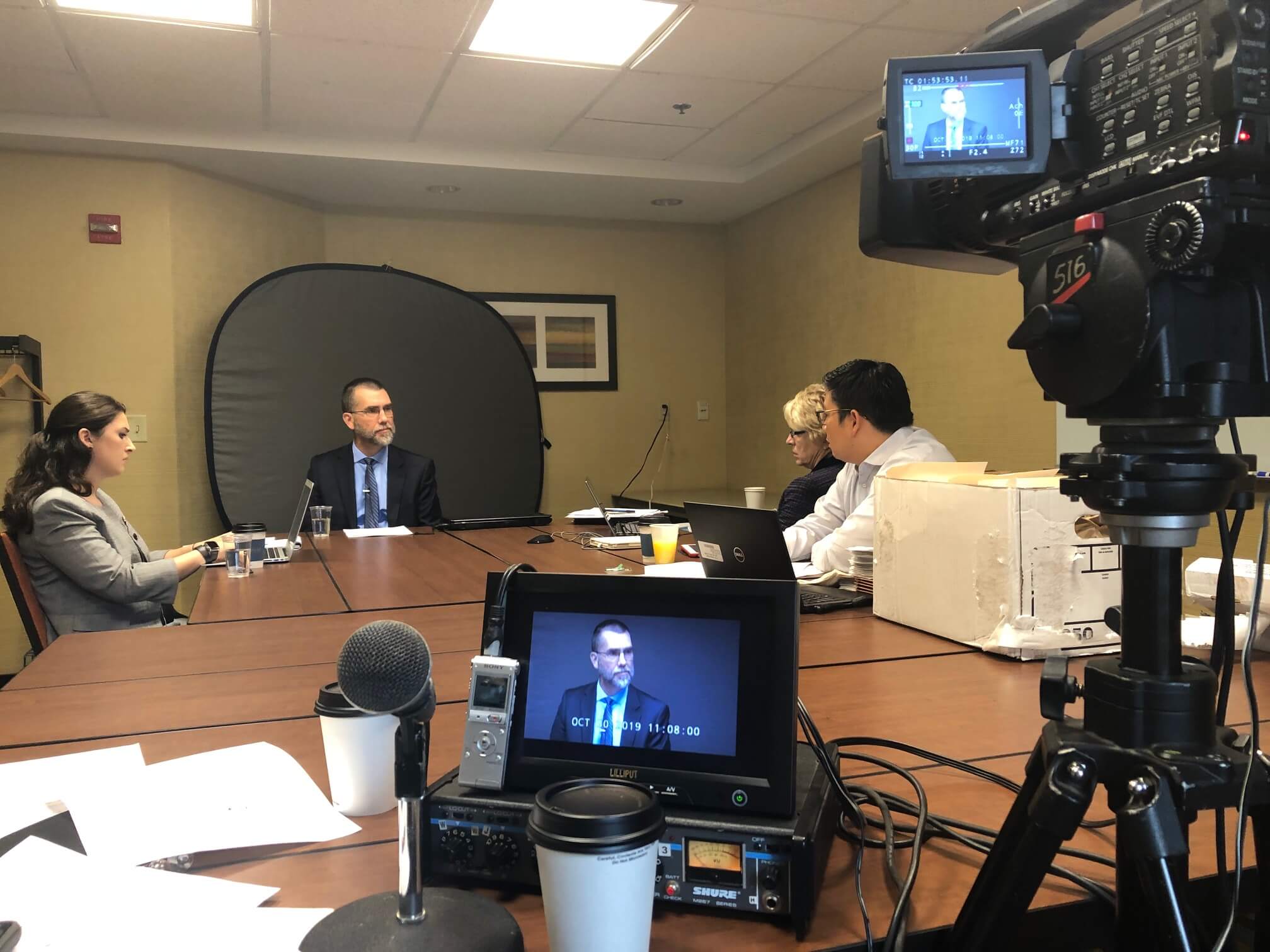The Duty of Legal Videography in Modern Legal Process
The Duty of Legal Videography in Modern Legal Process
Blog Article
Exploring the Vigor of Lawful Videography: a Comprehensive Insight Into Its Performance in Protecting Accurate Visual Records for Legal Cases
Lawful videography stands as a critical element in the realm of lawful process, offering as a quiet yet effective observer in the quest of justice. The application of video modern technology in recording legal situations goes beyond plain record-keeping; it encapsulates the very significance of occasions, feelings, and statements that unfold within court rooms. By diligently capturing aesthetic evidence, lawful videography not only maintains the precision of these minutes yet likewise offers a much deeper understanding of the complexities involved. As we explore the capability and relevance of legal videography in the context of legal cases, an extensive realization dawns upon the crucial duty it plays in forming the training course of justice.
Relevance of Lawful Videography
Highlighting the essential function of legal videography in modern lawful process, its relevance depends on its ability to supply undeniable visual evidence that improves the presentation of testaments and facts. By recording live events, depositions, and witness testimonies in a video style, legal videography guarantees that every expression, detail, and subtlety is accurately preserved for later testimonial. This visual paperwork works as a powerful tool in courts, permitting jurors and courts to better understand the context of an instance and make informed choices based on the here and now evidence.
Additionally, legal videography contributes to raised openness and liability in the lawful system. In significance, the importance of legal videography exists in its ability to maintain the stability of the legal procedure by recording and maintaining exact aesthetic documents that support the search of justice.
Performance in Lawful Paperwork
Legal videography's duty in modern-day lawful procedures extends past supplying aesthetic evidence; its capability in lawful documentation is important for precisely protecting the information of statements and events. Through the meticulous recording of depositions, court proceedings, witness statements, and criminal offense scene examinations, lawful videography makes sure an unfiltered account of events that can be taken another look at and examined throughout the lawful procedure. This accurate paperwork acts as a vital source for lawyers, juries, and judges to reference particular minutes, body language, faces, and nuances that may not be fully captured in written records alone.
Moreover, lawful videography plays an essential function in preserving the stability of lawful proceedings by reducing the risk of misinterpretation or control of details. The aesthetic documents caught with legal videography give an honest representation of the truths provided throughout a case, using a reliable and comprehensive resource of proof that can dramatically influence the outcome of legal conflicts (Legal Videography). Basically, the functionality of lawful videography in legal documents functions as a foundation in maintaining transparency, accuracy, and fairness within the lawful system
Importance in Visual Proof Preservation
Protecting visual proof through thorough recording methods is a critical element of lawful videography. The More about the author relevance of visual get redirected here proof preservation can not be overstated in legal proceedings. Aesthetic evidence, such as video clips of crime statements, scenes, or crashes, can offer vital insight right into occasions that words alone may not fully capture. By precisely documenting these visuals, lawful videographers play an essential function in guaranteeing the stability and authenticity of evidence presented in court.
Visual evidence preservation likewise assists in protecting against misconceptions or misconceptions that can emerge from written or spoken testaments. The capability to see and listen to occasions as they took place can substantially influence the outcome of a situation. Additionally, aesthetic proof can act as an effective tool for both the prosecution and protection in presenting their disagreements persuasively.
Duty in Ensuring Justice
In the search of just lawful and reasonable results, the duty of legal videography is indispensable. Legal videography plays a critical role in making certain justice by supplying exact and honest visual proof that can substantially influence the outcome of legal instances. Unlike written testimonies or papers, video recordings record More Info the subtleties of body language, face expressions, and tone of voice, supplying a detailed depiction of occasions as they unravel. This visual evidence is especially important in courtrooms, where it can assist challenge or support witness statements, enhance debates, and inevitably contribute to the facility of truth and fairness.
Furthermore, lawful videography works as a way of preserving crucial minutes and details that may be missed out on or misinterpreted in written records (Legal Videography). By documenting scenes, actions, and communications in real-time, legal videography aids stop misrepresentations and ensures that all events included have access to the exact same information, advertising transparency and liability in the legal procedure. Eventually, using lawful videography not only improves the efficiency of lawful proceedings yet likewise promotes the principles of justice and equity in the lawful system
Important Device for Legal Cases

Final Thought
Finally, legal videography plays a critical function in protecting accurate aesthetic documents for legal instances. Its value exists in its performance in legal documents, value in visual proof conservation, and function in ensuring justice. As an essential tool for legal instances, legal videography functions as a beneficial resource for presenting aesthetic evidence and adding to the general integrity of the lawful process.
Lawful videography's function in modern lawful procedures extends past offering aesthetic evidence; its performance in lawful paperwork is essential for properly preserving the information of testimonies and occasions. In essence, the capability of legal videography in lawful documentation offers as a cornerstone in maintaining transparency, accuracy, and justness within the legal system.
Eventually, the use of legal videography not just enhances the performance of legal procedures yet also promotes the principles of justice and equity in the lawful system.

As a vital tool for legal instances, lawful videography serves as a beneficial resource for offering visual proof and contributing to the total stability of the lawful process.
Report this page